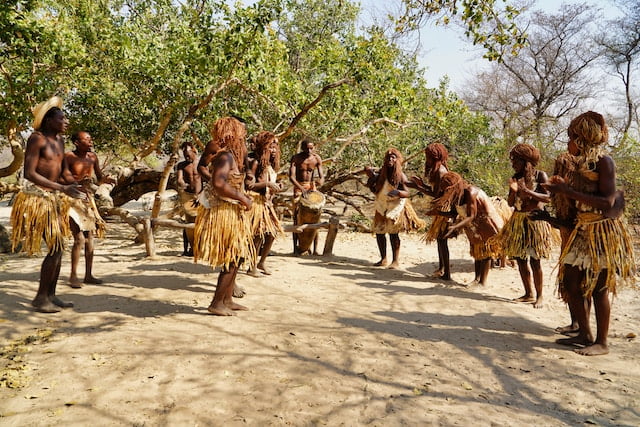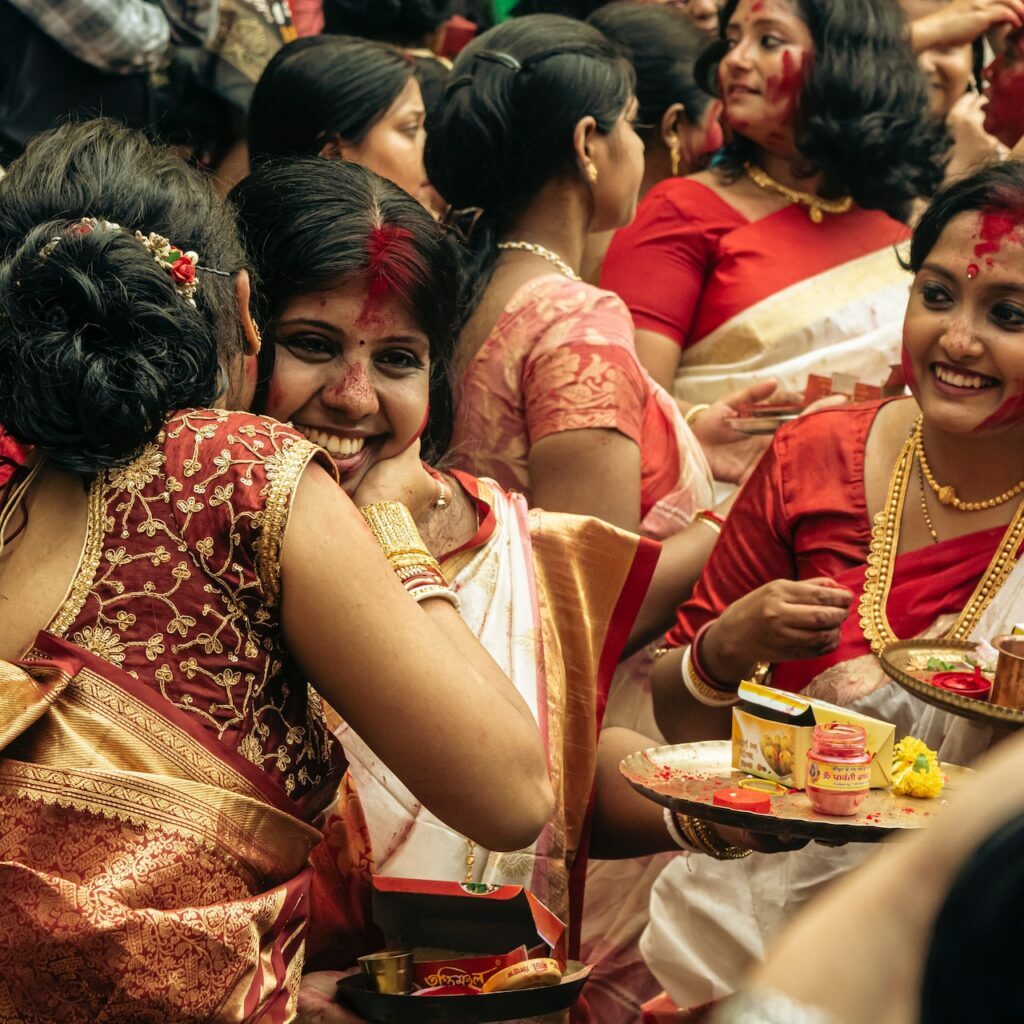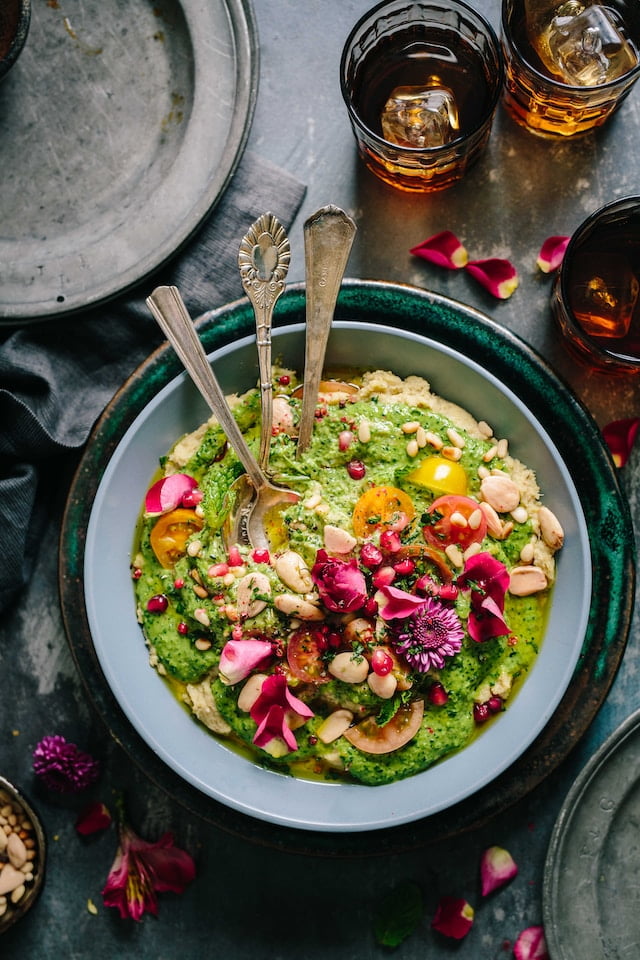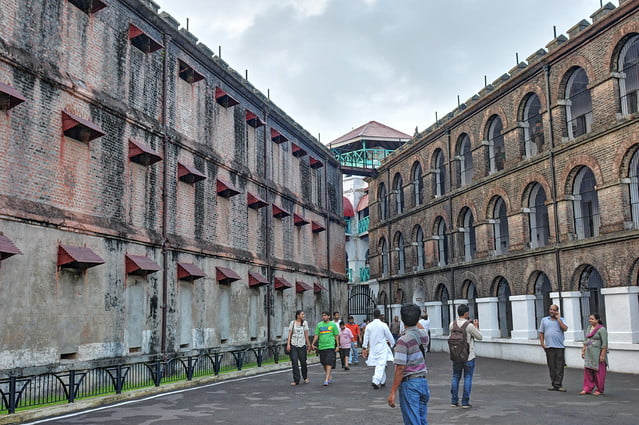Unveiling the Cultural Diversity of Andaman and Nicobar Islands: A Fascinating Journey
Introduction:
Unveiling the Cultural Diversity of Andaman and Nicobar Islands: A Fascinating Journey Nestled in the azure waters of the Bay of Bengal, the Andaman and Nicobar Islands offer a captivating blend of natural beauty and a cultural tapestry that is as diverse as it is enchanting. This blog will take you on a fascinating journey through the cultural diversity of the Andaman and Nicobar Islands, where traditions, languages, and customs blend harmoniously to create a vibrant and immersive experience.
The Indigenous Tribes:

The Andaman and Nicobar Islands are home to indigenous tribes that have inhabited the islands for thousands of years. The Jarawa, Onge, Sentinelese, and Great Andamanese tribes have distinct cultures and ways of life deeply rooted in their close connection with the land and the sea. Although contact with these tribes is restricted to protect their well-being and preserve their unique heritage, their presence serves as a reminder of the islands’ ancient roots. Witnessing their art, music, and dance offers a glimpse into their rich cultural heritage.
Mainland Indian Influence:
Over the years, settlers from different parts of India have made the Andaman and Nicobar Islands their home, adding a rich layer of cultural diversity. People from states like Bengal, Tamil Nadu, Andhra Pradesh, and Kerala have brought their languages, customs, and traditions, shaping the cultural landscape of the islands. This convergence of mainland Indian influences has resulted in a unique fusion of traditions and an atmosphere that celebrates unity in diversity. Exploring the local markets and interacting with the friendly locals provides an opportunity to learn about their customs and way of life.
Cultural Festivals and Celebrations:

The Andaman and Nicobar Islands come alive with vibrant festivities throughout the year. Hindu festivals such as Diwali, Durga Puja, and Holi are celebrated with great enthusiasm, showcasing the religious and cultural diversity of the islanders. Christmas, Eid, and other religious festivals are also observed, reflecting the harmony among different communities. Additionally, the islands have their own cultural festivals, like the Island Tourism Festival, where locals showcase their traditional dances, music, and crafts, providing visitors with a deeper insight into their way of life. Participating in these celebrations allows you to immerse yourself in the cultural richness of the islands.
Arts, Crafts, and Cuisine:

The creative spirit of the Andaman and Nicobar Islands finds expression in its arts, crafts, and cuisine. The islanders are skilled in traditional crafts such as wood carving, shell crafts, and palm leaf weaving. These crafts not only serve as a means of livelihood but also play a crucial role in preserving the cultural heritage of the islands. Exploring local markets and handicraft centers gives you the opportunity to witness the intricate craftsmanship and even take home unique souvenirs.
When it comes to cuisine, the Andaman and Nicobar Islands offer a delightful blend of flavors. From fresh seafood delicacies like crab curry and fish fry to regional Indian dishes and international cuisines, the local food scene is a true reflection of the cultural fusion found on the islands. Indulging in the local cuisine is a must for any food lover visiting the islands.
Language Diversity:
The linguistic landscape of the Andaman and Nicobar Islands is incredibly diverse. While Hindi and English are commonly spoken, regional languages like Bengali, Tamil, Telugu, and Malayalam are also prevalent. Additionally, the islands are home to indigenous languages, such as Nicobarese and others, further enriching the linguistic tapestry. Engaging in conversations with locals allows you to appreciate the linguistic diversity and learn some local phrases, creating a deeper connection with the culture of the islands.
Preservation of Cultural Heritage:

Efforts are being made to preserve and promote the cultural heritage of the Andamanand Nicobar Islands. Museums and cultural centers provide a wealth of information about the indigenous tribes, their history, and their way of life. These establishments not only educate visitors but also contribute to the preservation of the islands’ cultural diversity. Exploring these institutions allows you to gain a deeper understanding of the cultural fabric that makes the Andaman and Nicobar Islands so special.
Conclusion:
The Andaman and Nicobar Islands are a microcosm of cultural diversity, where indigenous tribes, settlers from mainland India, and a vibrant mix of traditions and customs coexist harmoniously. Exploring the cultural facets of the islands provides a fascinating journey, allowing visitors to immerse themselves in the diverse heritage and unique experiences that the Andaman and Nicobar Islands have to offer. Whether it’s witnessing indigenous art, participating in vibrant festivals, savoring local cuisine, or learning about the islanders’ languages, the Andaman and Nicobar Islands offer an enriching cultural experience that will leave a lasting impression.


